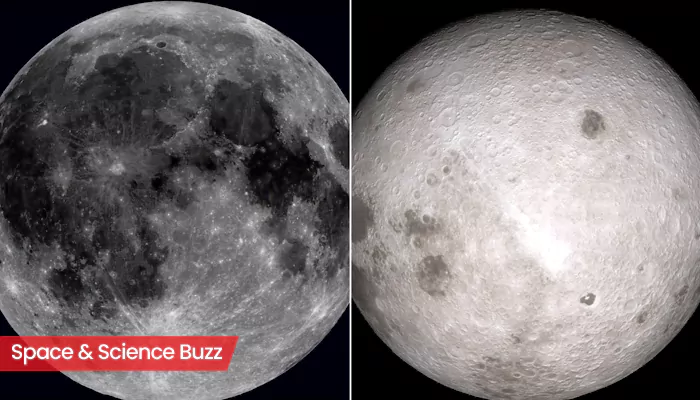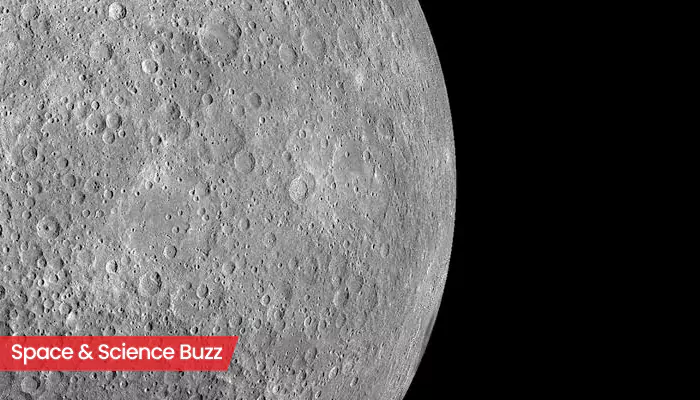
Here are today’s most important updates from the realm of Science and Space.
ISRO Lifts the Curtain on Bharatiya Antariksh Station Module
Indian Space Research Organisation (ISRO) unveiled a model of the highly anticipated Bharatiya Antariksh Station (BAS) module, marking a significant milestone in India’s space ambitions. The BAS represents India’s bold step toward joining the exclusive group of nations operating orbital laboratories. India plans to launch the first BAS module, BAS-01, by 2028, with plans to expand the station to five modules by 2035. The unveiled BAS-01 module weighs approximately 10 tonnes and will orbit the Earth at an altitude of 450 kilometers. It boasts several indigenous features, including the Environmental Control and Life Support System (ECLSS), the Bharat Docking System, Bharat Berthing Mechanism, and an automated hatch system. The station will provide a versatile platform for microgravity research, technology demonstrations, and scientific imaging through strategically placed viewports designed for crew recreation and research.
Mars on Alert: Giant Solar Eruption Speeds Its Way From the Sun

A colossal solar eruption has grabbed the attention of astronomers worldwide. On August 21, the Solar and Heliospheric Observatory (SOHO) recorded a fast-moving coronal mass ejection (CME) blasting away from the farside of the Sun. The CME expanded into a full “halo” around the solar disk, a sign of its immense scale. Analysis of radio emissions from shock waves within the CME revealed its speed at nearly 1,200 km/s, a velocity considered extremely fast, though not the fastest ever observed. Were Earth in its path, scientists say, such an event could have triggered a major geomagnetic storm capable of disrupting satellites, power grids, and communication systems. Researchers believe the impact could ignite widespread ultraviolet auroras across the Martian atmosphere.
Climate Change Turbulence: Air Travel’s New Normal

For many flyers, air turbulence can be an unnerving experience -- and in a world warming under the effects of climate change, it is only set to worsen, according to a growing body of scientific evidence. There are 3 main types of turbulence: convective, mountain wave and clear-air turbulence (CAT). Convective turbulence is linked to rising or sinking air currents from clouds or thunderstorms that can be detected visually or by onboard radar, while mountain wave turbulence occurs over mountain ranges. CAT, by contrast, is invisible - and therefore the most dangerous. With climate change, the tropics are warming faster at cruising altitude than higher latitudes. That increases the temperature difference between the higher- and lower-latitudes, driving up jet stream velocity and wind shear - volatile shifts in vertical air currents that trigger CAT. Further analysis attributed the rising turbulence in certain regions to increased greenhouse gas emissions. Climate change may also increase the frequency and severity of thunderstorms under future scenarios.
Hot Weather, Hot Temper: Science Explains the Link

Rising global temperatures are affecting human activities in many ways, one of which is triggering a negative mood. A recent study has revealed that very hot days are associated with more negative moods. When the temperature rises above 35 degrees Celsius, people in lower-income countries experience about 25 per cent more negative moods, and those in better-off countries experience eight per cent more negative moods. This work opens up a new frontier in understanding how climate stress is shaping human well-being at a planetary scale. In the long term, the researchers projected a 2.3 per cent worsening of people’s emotional well-being based on high temperatures alone by 2100.

.webp)










